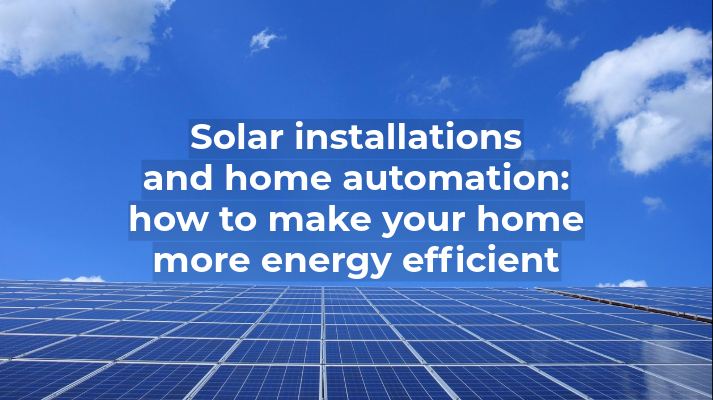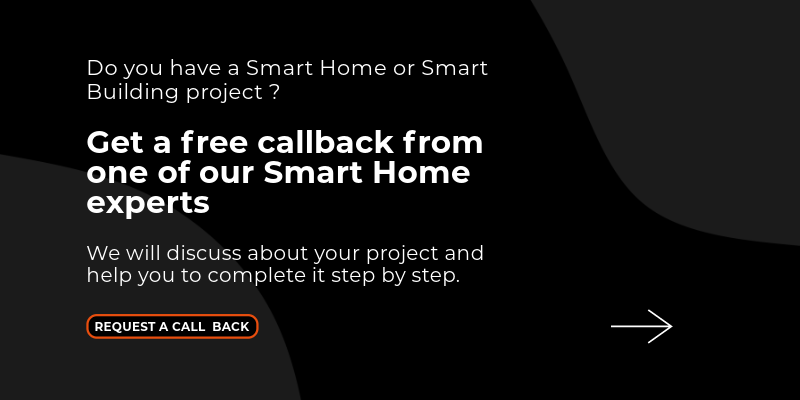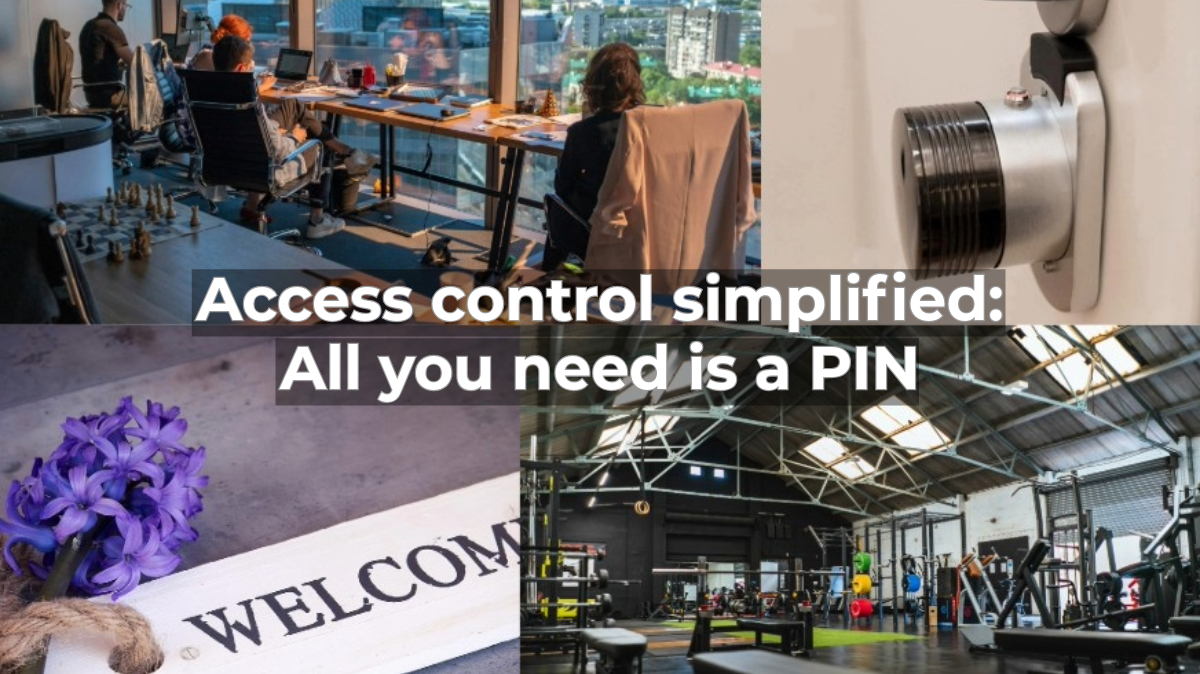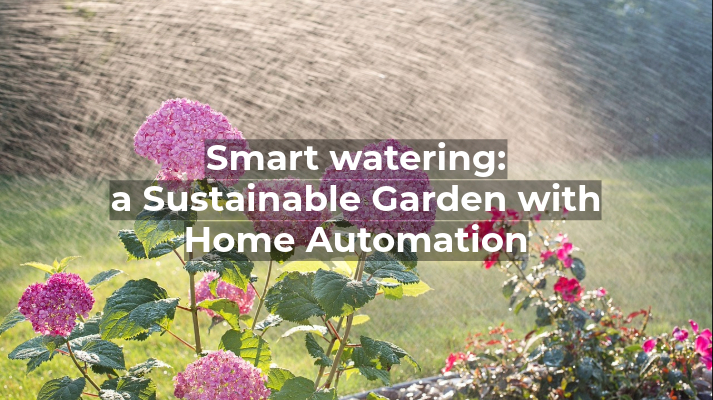In recent years, the focus on energy saving and home efficiency has grown exponentially. A photovoltaic installation is one of the most effective solutions for reducing consumption and environmental impact, but integration with home automation allows further optimisation of the benefits in terms of efficiency and cost savings. In this article, we will see how to combine photovoltaics and home automation to achieve maximum energy savings.
A photovoltaic installation can be integrated into a home automation system?
Sure. DO.Energy, for example, is a complete range of products developed by Dovit and dedicated to the monitoring and analysis of energy consumption and the implementation of energy saving logics. Both solar thermal and photovoltaic systems can be integrated into the Dovit home automation solution through the DO.Energy and DO.Control product range. To find out more, click here.
Solar thermal and photovoltaic installations: the differences
Solar panels fall into two main categories: thermal and photovoltaic. Photovoltaic solar panels directly transform solar energy into electricity that can be used in the home, helping to power appliances and other devices. Thermal solar panels, on the other hand, harness solar energy to heat a fluid, which in turn is used to produce domestic hot water or support home heating.
The advantages of photovoltaic solar panels include energy independence and the possibility of storing energy in batteries for later use. Solar thermal panels, on the other hand, offer an efficient solution for reducing the consumption of gas or other energy sources for hot water production, being particularly advantageous in homes with high heat demand.
The advantages of a photovoltaic system
A photovoltaic system harnesses solar energy to produce electricity, thus reducing dependence on the electricity grid and lowering utility bills. The main benefits of installing photovoltaic solar panels are as follows:
- Energy saving: self-production of energy reduces the withdrawal from the electricity grid
- Sustainability: solar energy is a renewable and non-polluting source
- Tax incentives: deductions and concessions are available for those investing in photovoltaic systems
- Increased real estate value: a house equipped with a photovoltaic system has a higher value on the market
Compliance with European Directives: In 2024 the new Energy Performance of Buildings Directive on the energy performance of buildings comes into force. Find out what this is all about by clicking here.
In addition, the Energy Performance of Buildings Directive provides for the mandatory adoption of BACS systems for non-residential buildings with a thermal output > 290 kW by 31 December 2024 and > 70 kW by 31 December 2029, while new residential buildings or those undergoing major renovations are to be equipped with such systems from 29 May 2026.
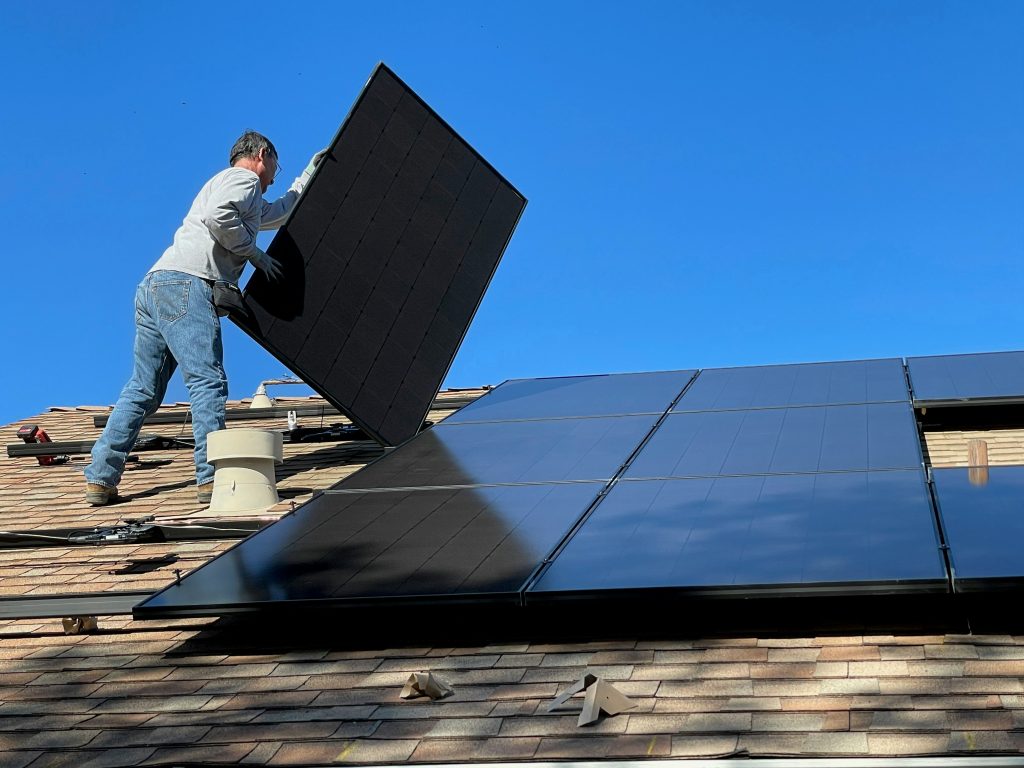
Photovoltaic system with energy storage: a step towards energy independence
A photovoltaic installation with energy storage is an advanced solution to maximise the self-consumption of the energy produced. This system is based on the integration of storage batteries, which store the solar energy generated during the day and make it available in the evening hours or when production is insufficient. With this technology, dependence on the electricity grid is further reduced and the use of renewable energy is optimised.
The main advantages of a photovoltaic system with energy storage include:
- Improved environmental sustainability: using more solar energy and less electricity from the grid helps reduce the carbon footprint of your home
- Greater energy independence: stored energy allows consumption to be covered even in the absence of solar irradiation
- Reduced bills: making the most of self-produced energy allows you to reduce the cost of electricity drawn from the grid
- Energy security: in the event of a blackout, some storage systems can guarantee an emergency power supply
The role of home automation in saving energy
Home automation makes it possible to intelligently manage energy consumption in buildings by automating the use of appliances, lighting and heating. By integrating home automation with photovoltaics, self-consumption can be optimised and energy waste reduced.
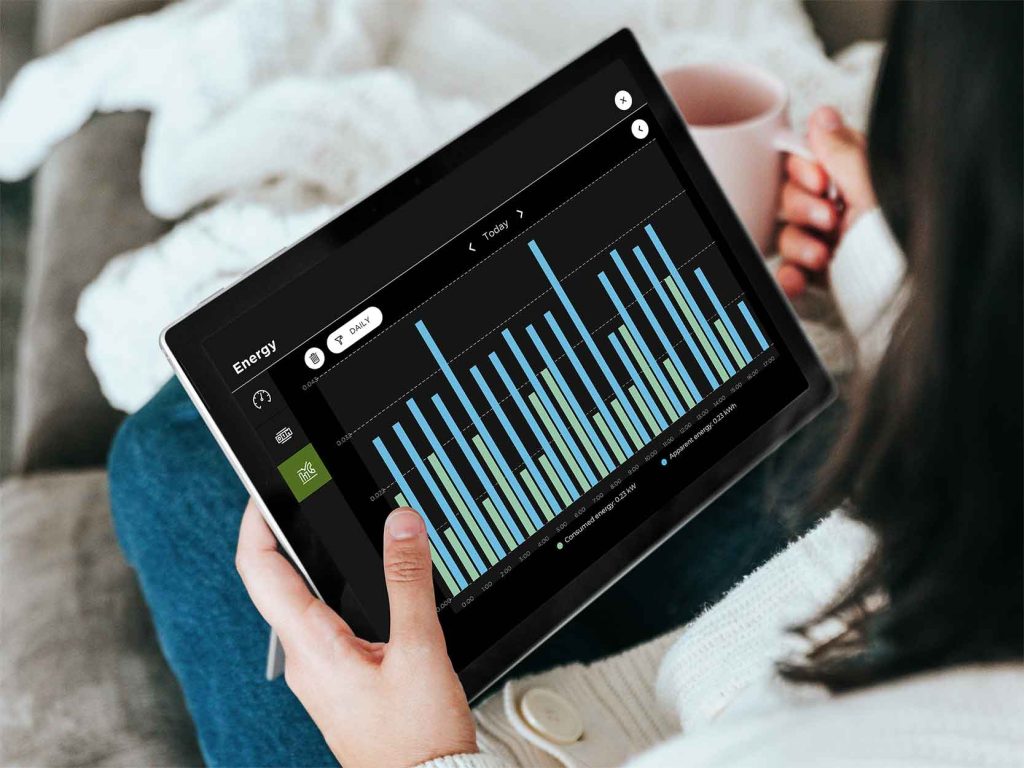
Home automation features applied to photovoltaic systems
- Energy monitoring and management: thanks to home automation systems, the production of the photovoltaic system and the energy consumption of the house can be controlled in real time.
- Automation of electrical loads: in order to avoid overloads, it is possible to control the activation of the most important loads, such as household appliances, and in the event that the photovoltaic produces more than consumption, it is possible to control a charging station for an electric vehicle to charge a car battery to 100 per cent – thereby optimising self-consumption.
- Integration with heating and cooling: the energy produced by thermal and photovoltaic solar panels can be used to optimise the operation of heat pumps and air conditioners at peak energy production times, for example, by storing excess energy in hot water..
Some practical examples:
- The automatic activation of a hot water boiler when solar production is highest
- The battery of an electric car is recharged at times of higher electricity production
- Lighting and blinds are intelligently adjusted according to the intensity of daylight and season
- Home automation provides an augmented reality of consumption and production through reports and analysis of energy consumption – the first step towards conscious energy saving
Conclusions
Integrating a photovoltaic installation with home automation is a strategic choice for those who wish to maximise energy savings and improve the efficiency of their home. The monitoring and analysis of consumption data make it possible to make the most of solar energy, reducing costs and increasing living comfort. Investing in this technology not only provides economic benefits, but also contributes to greater environmental sustainability.
